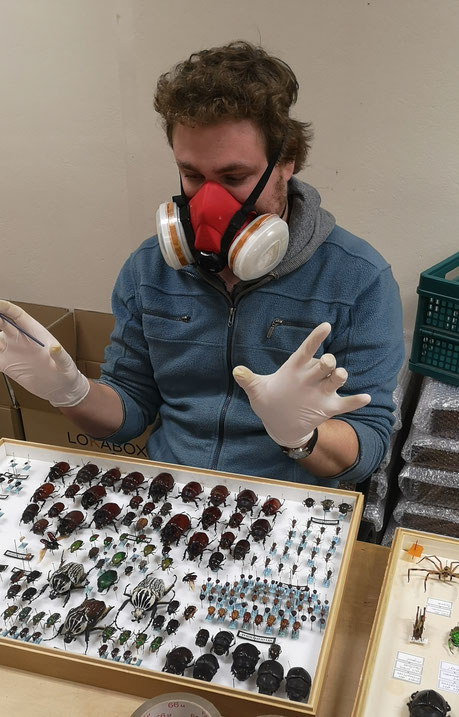Creation, casting, conservation and restoration of naturalia
Biologist above all, I then learnt a variety of techniques around the theme of Natural History. It began with small taxidermy, combining traditional and modern techniques. Then, casting, modeling, sculpture and painting allow either the copy of any item or pure creation, always with the aim of hyper-realism.
Restorer' skills are necessary to conserve and restore degraded items, whatever the reasons and state of conservation. For objects with high heritage value,
processes have to deal with invasiveness and reversibility requirements. It is also advisable not to skew the
original work, the hand of the craftsman/artist or the patina, even if it means limiting the extent of the intervention. Restoration is not necessarily
synonymous with making new again, and is often limited to the recovery of the legibility (or readability) of the object. This is my core
business.
Displaying is an important step that requires other know-how. Finesse and equilibrium are the keywords.
Finally, the technical aspects are supplemented by knowledge of the history of natural history cabinets and museums, and practical experience in collection management: specimen identification, inventory, state of preservation, heritage value, research in conservation, scientific watch.

